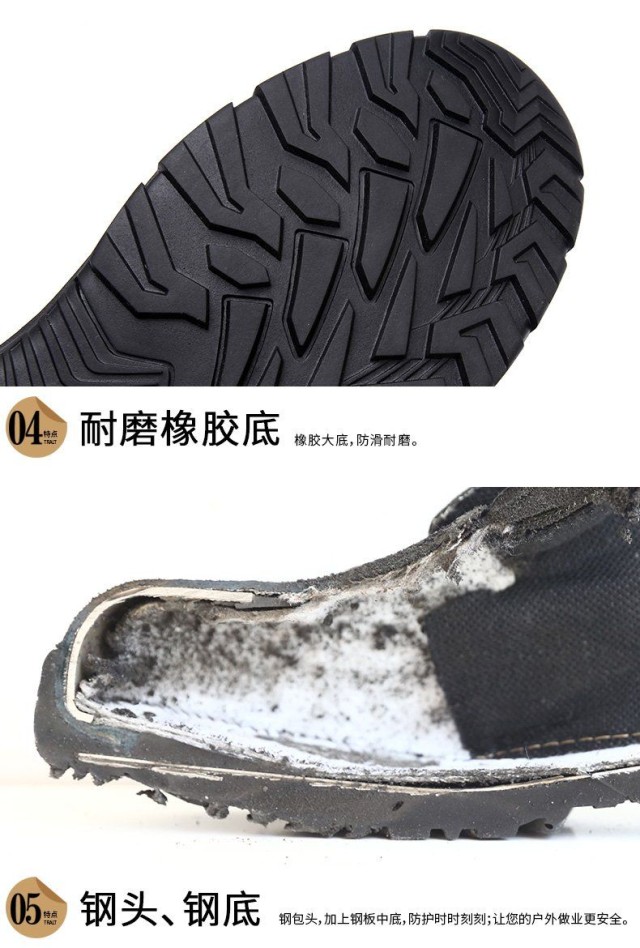When heavy machinery, falling objects, or crushing hazards are part of daily operations, ASTM 2413-05 Class C/75 safety footwear isn’t just compliance—it’s a lifesaving necessity. This guide breaks down why industries like construction and manufacturing rely on these standards, how they compare to other ratings, and where they deliver the most protection.
Understanding ASTM 2413-05 and Class C/75 Standards
Decoding the M/I/75/C/75 Rating
The alphanumeric code on safety boots isn’t arbitrary. Here’s what each segment means:
- M: Metatarsal guard (protects the upper foot from impacts)
- I: Electrical insulation (resists shocks up to 18,000 volts)
- 75: Impact resistance (withstands 75 foot-pounds of force)
- C/75: Compression resistance (protects against 2,500 lbs of pressure)
Class C/75 is the highest compression rating under ASTM 2413-05, ensuring boots won’t collapse under extreme weight—a critical feature for workers handling heavy materials.
Why 2,500 lbs Compression Resistance Matters
In warehouses or construction sites, a single misstep could mean a pallet jack or steel beam crushing your foot. Research shows that compression-related injuries account for nearly 20% of workplace foot trauma. Class C/75 boots distribute pressure across the footbed, reducing fracture risks by over 60% compared to non-rated footwear.
Comparing Class C/75 to Other Safety Footwear Standards
C/75 vs. C/50: When Higher Resistance is Non-Negotiable
While Class C/50 boots resist 1,750 lbs of compression, C/75’s 2,500-lb threshold is vital for:
- Construction workers handling I-beams or concrete blocks
- Warehouse operators near forklifts and heavy inventory
- Oil rig crews exposed to drilling equipment
A 2021 industry report noted that sites using C/75-rated footwear saw 45% fewer crush injuries than those with lower-rated alternatives.
Real-World Applications of Class C/75 Work Boots
Industries That Can’t Compromise on Protection
-
Construction
- Protects against falling tools (e.g., hammers, nails) and collapsing materials.
-
Manufacturing
- Shields feet from press machines or rolling carts.
-
Logistics
- Prevents injuries from dropped cargo or pallet mishaps.
A case study from a Midwest auto plant revealed that switching to C/75 boots cut foot injury claims by 34% in one year.
Upgrade Your Safety Lineup with 3515’s Class C/75 Solutions
For distributors and bulk buyers, 3515 offers ASTM 2413-05-compliant boots engineered for extreme environments. Our footwear combines C/75 compression resistance with anti-slip soles and metatarsal guards—ideal for clients in construction, heavy industry, and logistics.
Ready to equip your workforce with proven protection? Contact 3515 to discuss custom safety footwear solutions tailored to your industry’s risks.
Related Products
- Wholesale Customizable Suede Safety Boots - Puncture-Proof with Velcro Closure
- Customizable Anti-Smash Safety Boots for Wholesale & Private Label Manufacturing
- Athletic Safety Shoes with Dial Closure & Steel Toe for Wholesale & Custom Manufacturing
- Wholesale Mesh Steel Toe Safety Shoes with Dial Closure Factory Production
- Wholesale Anti-Smash & Puncture-Proof Safety Shoes Custom Manufacturing for Brands
Related Articles
- Matching Men’s Work Shoe Safety Technologies to Workplace Hazards
- How to Choose Work Boot Materials for Maximum Safety and Durability
- How Safety Work Boots Engineer Protection: Features and Standards for Targeted Hazard Mitigation
- Work Boots vs. Western Boots: How to Choose the Right Footwear for Labor Safety
- How to Choose Work Boots That Match Your Job's Safety Demands




















